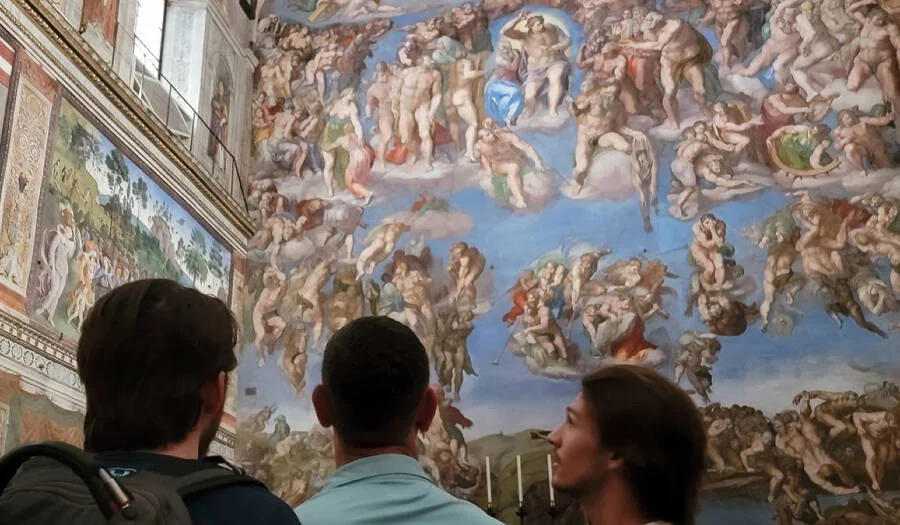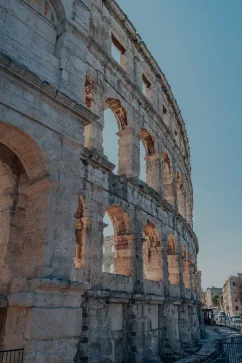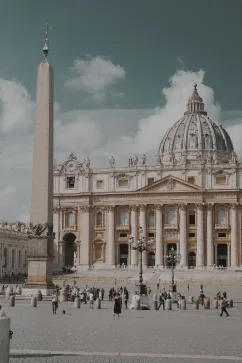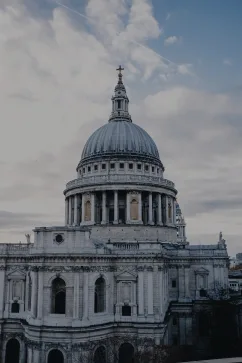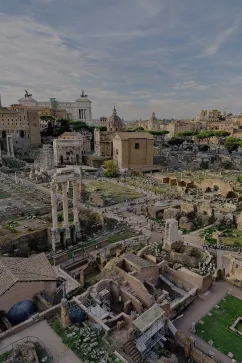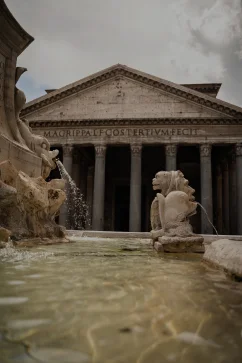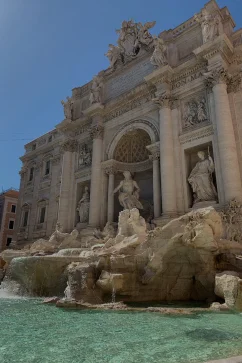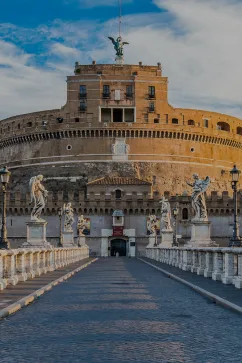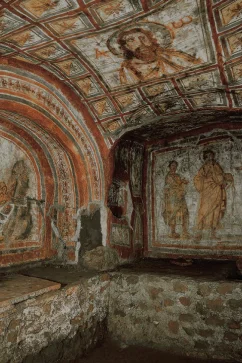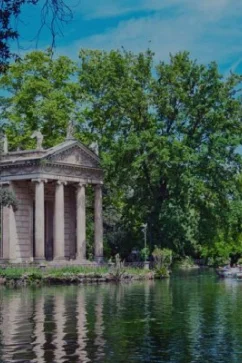Sistine Chapel
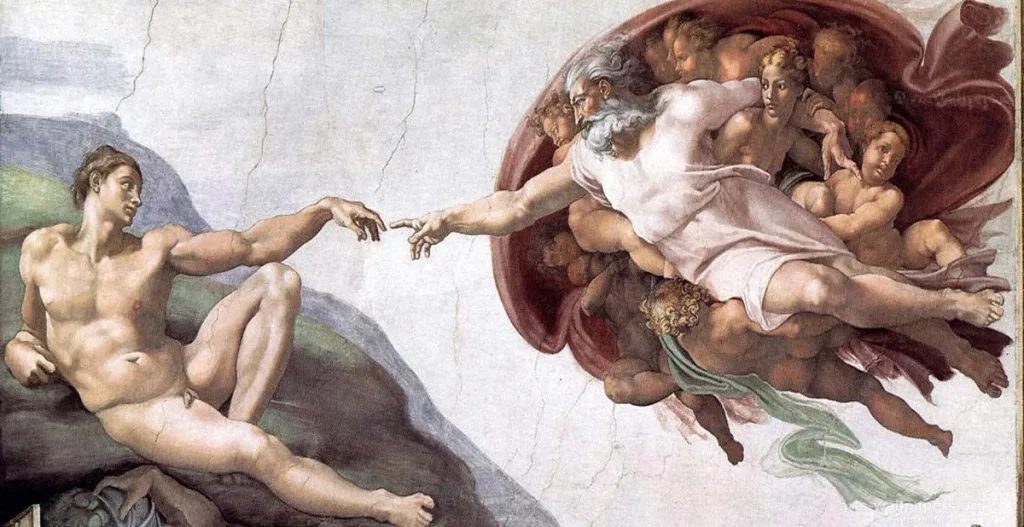
About the Sistine Chapel
The Sistine Chapel, nestled within the Vatican City, is an artistic and spiritual masterpiece of unparalleled significance. This iconic chapel is renowned for the breathtaking ceiling painted by the legendary Michelangelo. The Sistine Chapel ceiling, adorned with intricate frescoes, is an awe-inspiring creation that enhances the chapel’s interior.
One of the most famous elements of the Sistine Chapel ceiling is the “The Creation of Adam,” a painting featuring the iconic touching fingers of God and Adam. This image has become an enduring symbol of divine creation and human potential. Adjacent to the ceiling is “The Last Judgment,” another monumental painting by Michelangelo that covers the chapel’s altar wall. It depicts the second coming of Christ and the final judgment of souls.
Exploring the Vatican and its treasures often involves a Vatican tour, providing insights into the rich history and artistry of the Sistine Chapel and its neighboring wonders. A visit to the Vatican remains incomplete without experiencing the profound and breathtaking artistry inside the Sistine Chapel. Stepping inside the Sistine Chapel is like entering a sacred realm, where art, faith, and history converge.
History of the Sistine Chapel
The history of the Sistine Chapel is as rich and illustrious as the art it houses. Commissioned by Pope Sixtus IV, for whom it is named, the chapel was constructed between 1473 and 1481 as a place of worship within the Vatican City. It was intended to be a sacred space for papal ceremonies and functions.
However, the Sistine Chapel’s true fame and artistic significance stem from the 16th century when the brilliant Renaissance artist Michelangelo was enlisted to paint its ceiling. Michelangelo embarked on this monumental task, between 1508 and 1512, creating some of the most iconic and enduring masterpieces in the history of art. The frescoes on the ceiling depict various scenes from the Book of Genesis, including the iconic “The Creation of Adam” with the famous touching fingers.
The Sistine Chapel was transformed into a genuine treasure trove of Renaissance art in the 16th century when Michelangelo returned to paint “The Last Judgment” painting on the altar wall. Michaelangelo’s paintings are a center of attention in Vatican City. Millions of people today, visit the Sistine Chapel every year as a site of great religious significance and as a symbol of supreme creative achievement.
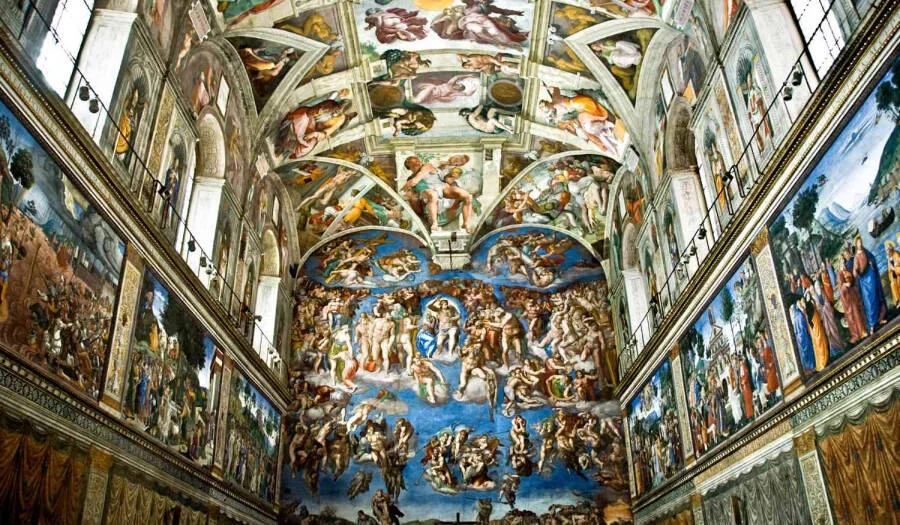
Tips for your visit
- Vatican Museum: The Sistine Chapel is part of the Vatican Museums. Consider booking a Vatican tour that includes the Sistine Chapel to skip the long lines and gain access to other fascinating parts of the museum complex.
- Sistine Chapel Opening Hours: Check the Sistine Chapel’s opening hours in advance, as they can vary. Be sure to arrive early to avoid crowds and have a quieter, more contemplative experience.
- Appropriate Dress: Dress modestly when visiting the Sistine Chapel, as it is a place of worship.
- No Photography: Keep in mind that photography is not allowed inside the Sistine Chapel. Respect this rule to preserve the artwork and maintain the sanctity of the space.
- The Last Judgment: Spend time studying “The Last Judgment” painting, which is on the chapel’s altar wall, filled with complex intricacies and meaning.
- Ceiling Details: Look up to admire the Sistine Chapel ceiling, where Michelangelo’s iconic frescoes are located. Pay special attention to the central panel, “The Creation of Adam,” and the touching fingers painting, which is part of this composition.
- Guided Tours: Consider taking a guided tour to gain deeper insights into the history, art, and symbolism of the Sistine Chapel.
- Silence and Respect: While inside the Sistine Chapel, maintain a respectful and quiet demeanor. This is a sacred space, and silence is expected.
- Visit Vatican City: After your Sistine Chapel visit, explore other attractions in Vatican City, such as St. Peter’s Basilica and St. Peter’s Square. These sites are also of great historical and religious importance.
- Gift Shops and Souvenirs: The Vatican Museums have gift shops where you can purchase souvenirs related to Michelangelo and the Sistine Chapel. Plan some time for shopping if interested.
Tickets
Tickets for the Sistine Chapel start at €26.50, making it an accessible opportunity to witness Michelangelo’s breathtaking artistry. Don’t miss this chance to immerse yourself in the timeless beauty of the Vatican. To secure your entry and avoid queues, it’s highly recommended to purchase tickets online through the official Vatican Museums website. Plan your visit today and prepare to be captivated by the magnificent artistry that graces the Sistine Chapel’s ceiling and walls.
How to arrive
To arrive at the Sistine Chapel in Vatican City, you can use various modes of transportation, depending on your location in Rome and personal preferences. Here’s how to get there:
By Metro: The closest metro station to the Sistine Chapel is “Ottaviano – San Pietro” on Line A (red line). From central Rome, take Line A toward Battistini and exit at Ottaviano – San Pietro, a short walk from the Vatican Museums and Sistine Chapel.
By Bus: Rome’s buses, including Bus 49, can reach the Vatican Museums and the Sistine Chapel via the “Viale Vaticano/Musei Vaticani” stop.
By Taxi: Taxis are readily available in Rome, but they can be expensive compared to public transportation.
